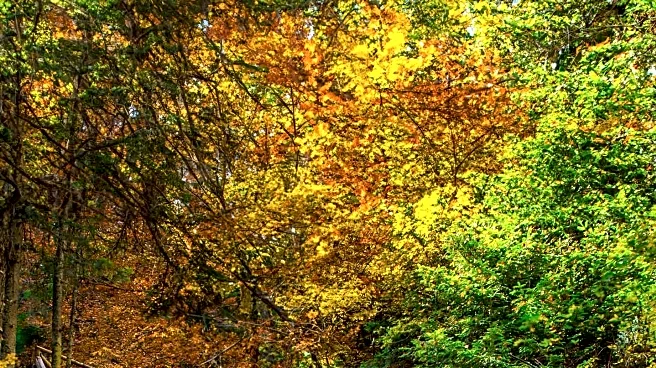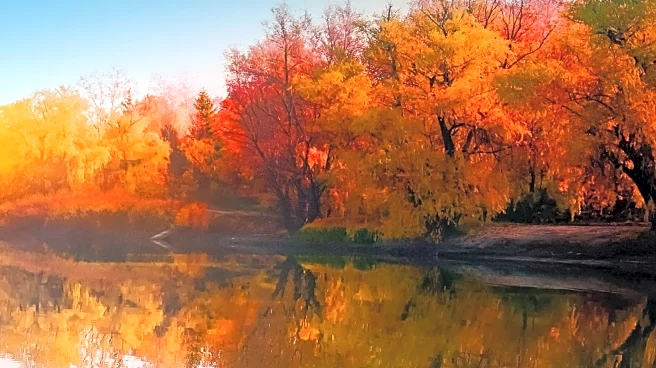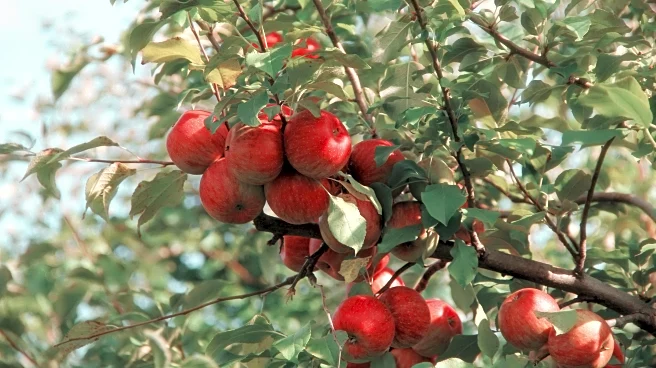What's Happening?
As fall approaches, New York's state parks are being recommended for their stunning trails and waterfalls, offering visitors a chance to enjoy the vibrant autumn foliage. The state boasts over 180 parks, with several highlighted for their scenic beauty and hiking opportunities. Notable parks include Treman State Park in Tompkins County, Minnewaska State Park Preserve in Ulster County, Watkins Glen State Park in the Finger Lakes, Harriman State Park near New York City, and Letchworth State Park in Livingston and Wyoming counties. Each park offers unique trails, ranging from easy walks to more challenging hikes, and features breathtaking views of waterfalls and autumn colors.
Why It's Important?
The promotion of New York's state parks for fall activities underscores the importance of outdoor recreation and tourism in the region. These parks not only provide a natural escape for residents and visitors but also contribute to the local economy through tourism. The emphasis on fall foliage and waterfall hikes highlights the state's natural beauty and encourages people to explore and appreciate the environment. This focus on outdoor activities can also have positive impacts on public health, as it promotes physical activity and mental well-being.
What's Next?
As the fall season progresses, these parks are expected to see increased visitor traffic, especially during weekends. Park authorities may implement measures to manage crowds and ensure the safety and preservation of natural resources. Additionally, ongoing projects, such as the $7.5 million NY Works project at Watkins Glen State Park, will continue to enhance park infrastructure and visitor experience. Visitors are encouraged to plan their trips during weekdays or early in the day to avoid crowds and fully enjoy the natural beauty.
Beyond the Headlines
The focus on New York's state parks for fall activities also highlights broader environmental and conservation efforts. These parks play a crucial role in preserving natural habitats and biodiversity, offering educational opportunities about the importance of conservation. The promotion of these parks can foster a greater appreciation for nature and encourage sustainable practices among visitors. Additionally, the parks serve as a reminder of the need to balance recreational use with environmental protection.












